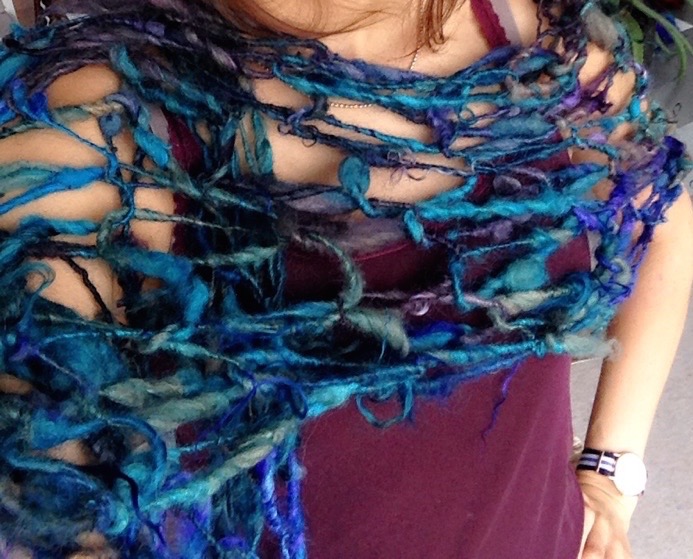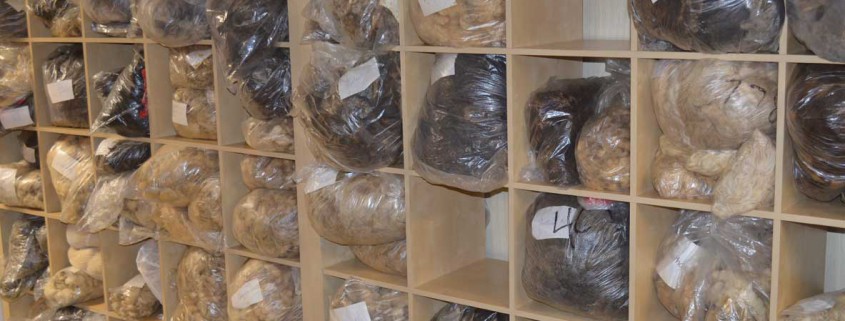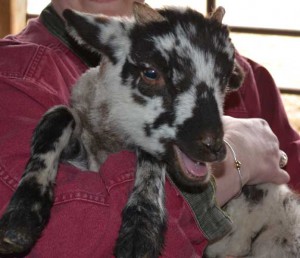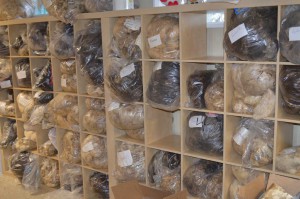Facts about PLY – What makes us different?
Lately we’ve been working on outreach – getting the word out about PLY so that we can get our magazine into the hands of more spinners – and in that process, we’ve put together a little list of “fun facts” about PLY as a way to introduce ourselves to new people.
Even if you’ve been with us for a while – subscribing, reading this blog, following us on Facebook, Twitter, and Instagram – we think you might find this interesting!
——————————————————————————————————–
We’ve all probably heard (or used) the phrase “Spinning – because knitting isn’t weird enough!” And maybe that’s one of the greatest things about being a spinner – embracing the “weird,” and doing something a little bit different from what everyone else is doing.
Here at PLY, we like that we’re different from other magazines on the market. And if you’ve been reading our magazine for a while, chances are you like our differences, too! Here are some ways we embrace our own “weird” and strive to stand out in the magazine publishing and fiber arts industries.
Facts about PLY Magazine
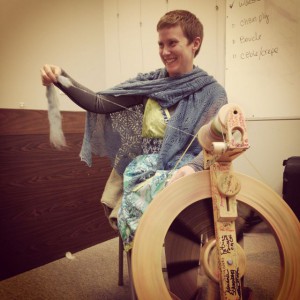
- PLY Magazine is owned and run by Jacey Boggs Faulkner, an avid spinner. No other company or person owns, operates, or has a stake in it.
- PLY has a main staff of 3: Jacey (editor in chief, director, ads, accounting, etc), Kitten, Jacey’s ex-husband and good friend (layout and design), and Bernadette, Jacey’s best friend (photography). There are 5 other people that help out: Utah, Jacey and Kitten’s 13 year old does some graphic work; Levi, Jacey’s husband, packs and ships all the back issues; Karen who does all the freelance copy editing; Jessica B. upkeeps the website; and Jessica C. does much personal assisting.
- PLY is proud to pay everyone involved in making it great a living wage, almost 4 times the industry standard. That means that all writers, designers, illustrators, and photographers get paid. (The only person not getting a regular salary is Jacey.)
- PLY is always themed, printed on thick, archival, white paper, has a printable spine, and is shipped in a recycled plastic wrapper to protect it from damage.
- PLY believes that it’s not just known names that have something valuable to contribute to the spinning world and to that end we accept article proposals from every spinner!
- Jacey believes in transparency and strives to always be fair and truthful.
- PLY started at 104 pages and was recently upped to 112 pages.

- Each issue never has more than 15% advertising (most magazines are 50%-75%).
- PLY’s advertising ads are affordable, to allow indie fiber companies to have feasible advertising.
- Because of the low percentage and price of ads, PLY’s subscriptions make up the majority (80% – 90% instead of the normal 10% – 15%) of revenue. That means that every single subscription counts and also explains why the subscriptions are a bit more than other non-independent magazines and why PLY never goes on sale.
- PLY is published 4 times a year (March, June, Sept, and Dec). The price for a subscription in the US is $36.
- PLY was started with the money from a successful Kickstarter campaign that raised $37,000 in a week. That’s when we knew we were really onto something.
- Currently, each issue of PLY takes $75,000 to produce. That includes everybody getting paid (except Jacey). Each issue brings in $12,000 in ad revenue which means that the subscriptions have to make up the other $62,000 each issue ($248,000 annually) at the current subscription number. So when we tell you that we really appreciate that you’re a subscriber – we mean it!
——————————————————————————————————–
If we’ve convinced you that this publication might just be worth a read, you can head here to subscribe or pick up a back issue in our shop.
If you love what makes PLY different and enjoy reading the magazine, we hope you’ll share our message with your spinning friends!
“Hey spinners! Have you heard of @Plymagazine? Read all about what makes them different, in a good way: https://plymagazine.com/?p=8285”
(Click to tweet this!)


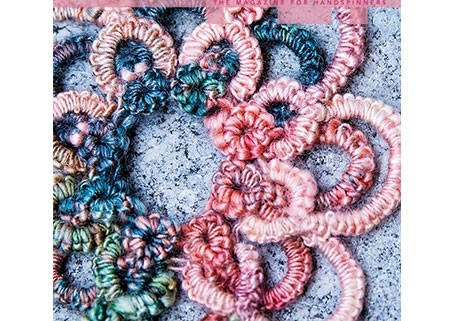
 Jacey’s opening article in this issue starts – “Any yarn is possible, even singles!” And in this issue, that’s the goal – to show you that spinning a singles yarn is definitely possible, even if you’ve struggled with it in the past. The issue is full of “how” articles that’ll get you spinning, but it’s also got a fair number of “why” articles that’ll get you thinking!
Jacey’s opening article in this issue starts – “Any yarn is possible, even singles!” And in this issue, that’s the goal – to show you that spinning a singles yarn is definitely possible, even if you’ve struggled with it in the past. The issue is full of “how” articles that’ll get you spinning, but it’s also got a fair number of “why” articles that’ll get you thinking!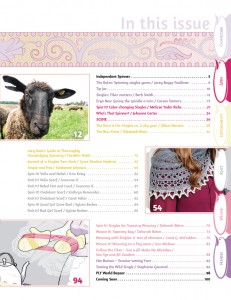
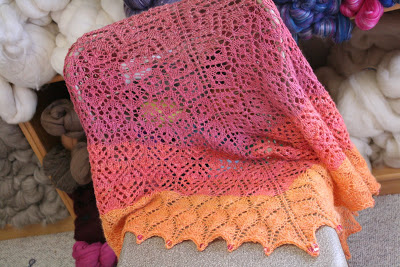
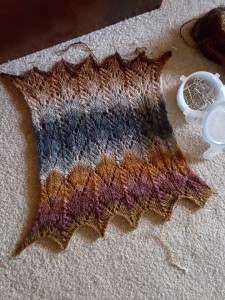
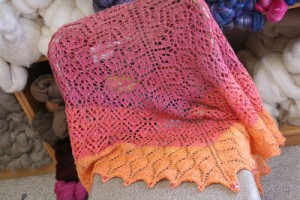
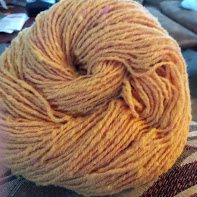
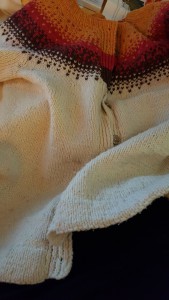 Sweater
Sweater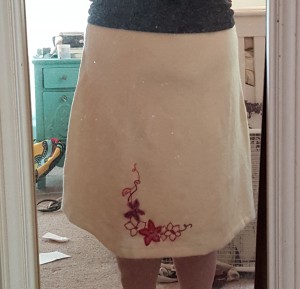
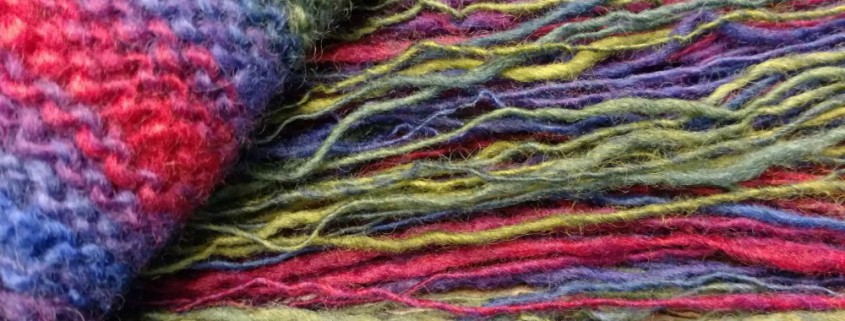
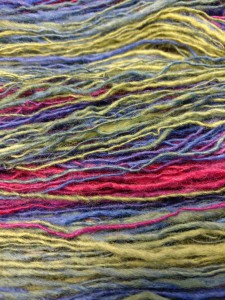 he fiber. Success! I had made a single that would stay a single, and with no plying to do I was practically done! The next challenge would be winding the yarn off the bobbin. (See above comment re: I accidentally untwist everything I knit.) To my complete surprise I was able to wind the yarn from the bobbin easily and with no breaks. More Success! Perhaps it would even make it through its bath in one piece! Maybe I’d even manage to not felt it into a huge mess! I eagerly drew a tub of water and deposited the fiber within. What emerged some time later (I tend to forget when I put things in to soak. Surely I’m not the only one? No? Just me? Cool) was the most uneven mass of yarn I had created in years. When I first learned to spin I read that once you attain the thin, beautiful, even sock yarn of your dreams it is nigh impossible to spin anything other than fingering weight without extreme concentration and clarity of intent. Since I went in to this with neither of those qualities, I expected the worst. This yarn came out completely uneven and crazy, but also squishier and softer than anything else I’d managed to create thus far. So maybe it wasn’t a failed experiment after all!
he fiber. Success! I had made a single that would stay a single, and with no plying to do I was practically done! The next challenge would be winding the yarn off the bobbin. (See above comment re: I accidentally untwist everything I knit.) To my complete surprise I was able to wind the yarn from the bobbin easily and with no breaks. More Success! Perhaps it would even make it through its bath in one piece! Maybe I’d even manage to not felt it into a huge mess! I eagerly drew a tub of water and deposited the fiber within. What emerged some time later (I tend to forget when I put things in to soak. Surely I’m not the only one? No? Just me? Cool) was the most uneven mass of yarn I had created in years. When I first learned to spin I read that once you attain the thin, beautiful, even sock yarn of your dreams it is nigh impossible to spin anything other than fingering weight without extreme concentration and clarity of intent. Since I went in to this with neither of those qualities, I expected the worst. This yarn came out completely uneven and crazy, but also squishier and softer than anything else I’d managed to create thus far. So maybe it wasn’t a failed experiment after all!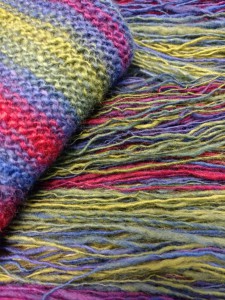
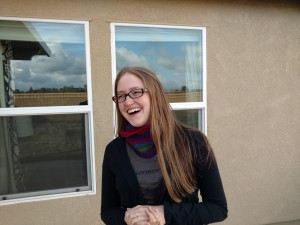
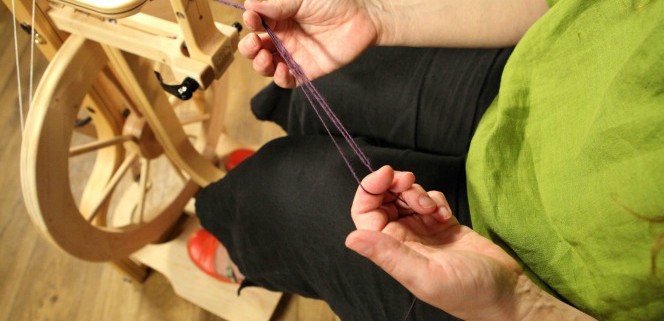
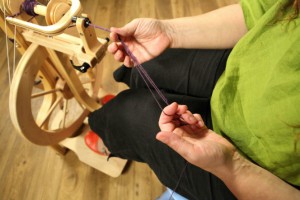
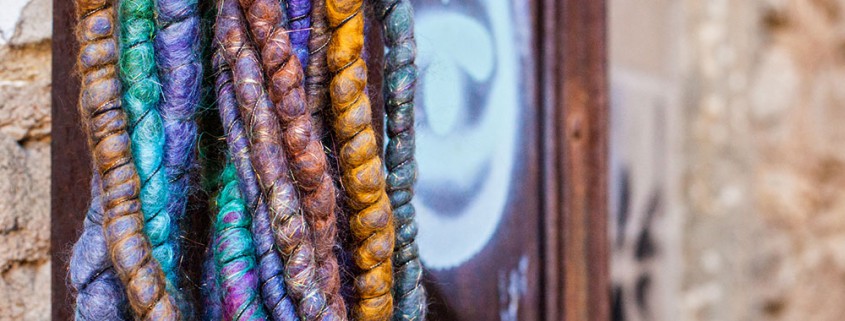
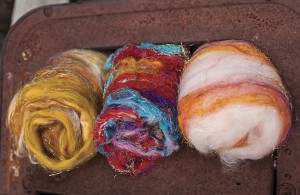 It’s that time again, the time when I ask you to review the current issue. I want to know what you think. I have some gorgeous textured batts to send one lucky reviewer/subscriber. They’re the kind of batts that make fantastic corespun yarn, the kind that Steph Gorin wrote about in this very issue. If you’ve never tried this technique, it’s be the perfect opportunity to give it a whirl. Of course, if you’ve already tried it, you don’t have any need for more fiber do you? Oh, right, spinners always need more gorgeous fiber!
It’s that time again, the time when I ask you to review the current issue. I want to know what you think. I have some gorgeous textured batts to send one lucky reviewer/subscriber. They’re the kind of batts that make fantastic corespun yarn, the kind that Steph Gorin wrote about in this very issue. If you’ve never tried this technique, it’s be the perfect opportunity to give it a whirl. Of course, if you’ve already tried it, you don’t have any need for more fiber do you? Oh, right, spinners always need more gorgeous fiber! 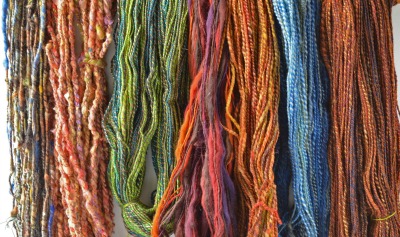
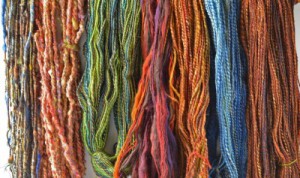
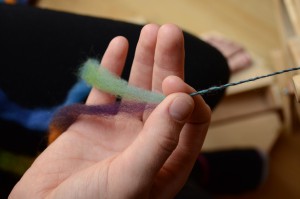
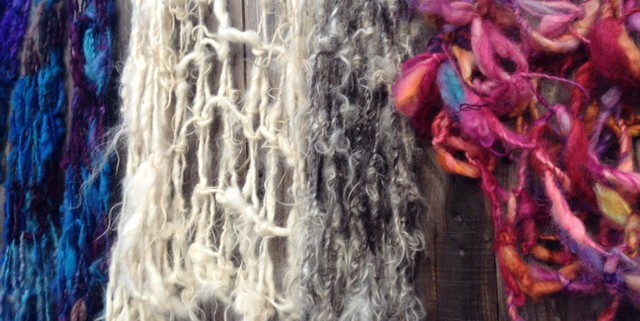
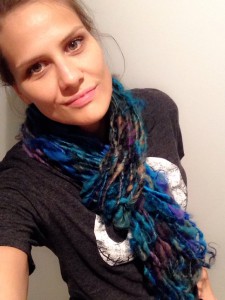 Arm knitting works well for that special skein that is too beautiful to knit regularly, or just the latest crazy yarn off your wheel looking for a life of its own. Yes, you could wear the skein around your neck – but if you want something more “finished,” this is a good way to go.
Arm knitting works well for that special skein that is too beautiful to knit regularly, or just the latest crazy yarn off your wheel looking for a life of its own. Yes, you could wear the skein around your neck – but if you want something more “finished,” this is a good way to go.